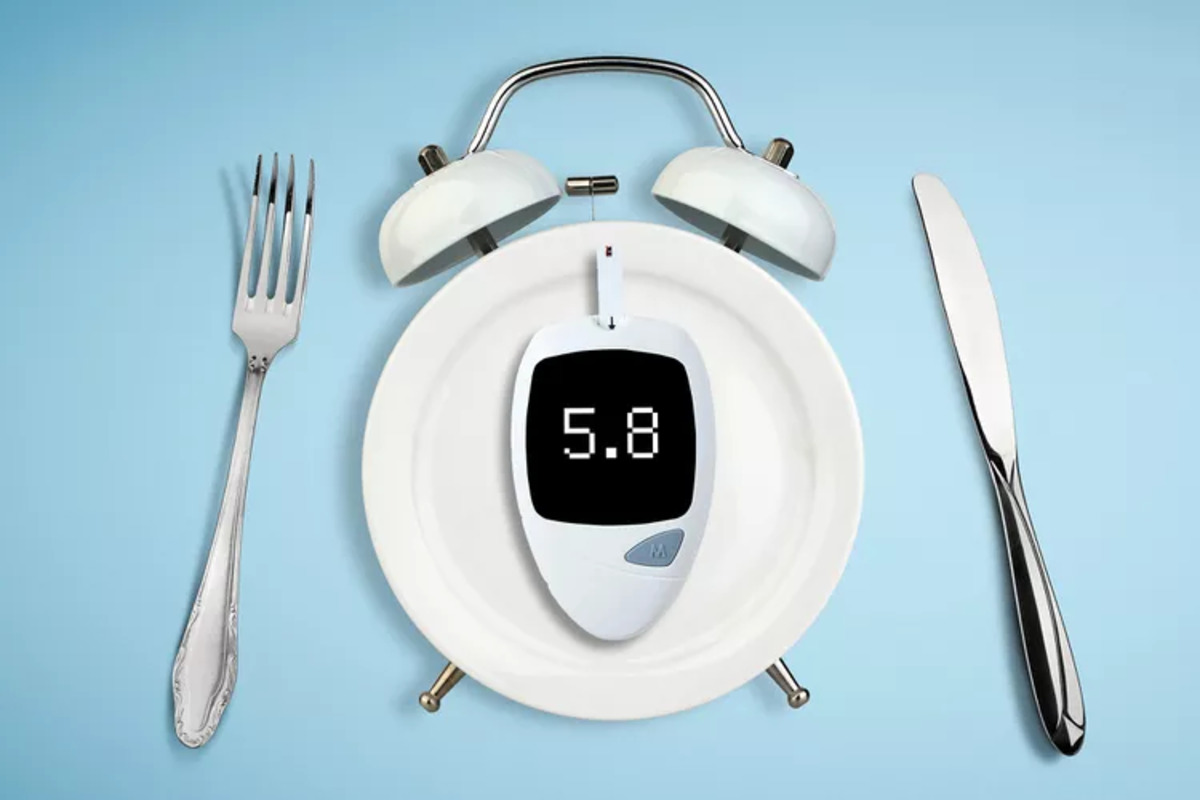For those of us who are deeply invested in understanding how our bodies function, especially when managing diabetes, the mystery of high fasting glucose levels can be frustrating. You might expect that what you eat before bed is the main culprit, but as it turns out, the real reasons are much more complex. Let’s dive into the science behind this phenomenon, drawing on insights from experts like Dr. Robert Chilton, a cardiologist at the University of Texas Health Science Center.
Essential Hormones for Blood Glucose Control
Blood glucose levels don’t just fluctuate randomly; they’re carefully regulated by a group of hormones that act as messengers in the body. These hormones include insulin, amylin, incretins, and glucagon. Each of these plays a critical role in ensuring that glucose is properly managed throughout the day and night.
- Insulin: Produced by the beta cells in the pancreas, insulin helps glucose from food enter the body’s cells to be used for energy. In type 2 diabetes, insulin production gradually declines, making it harder to keep blood sugar levels in check.
- Amylin: Also secreted by the beta cells, amylin works alongside insulin to slow down the release of glucose into the bloodstream after eating by delaying stomach emptying and increasing the feeling of fullness. Unfortunately, those with diabetes often have low levels of amylin.
- Incretins: This group of hormones, including GLP-1 (glucagon-like peptide 1), enhances insulin release after meals, helping to regulate the glucose that enters the bloodstream. Incretins also prevent the pancreas from releasing too much glucagon, reducing the amount of glucose released by the liver.
- Glucagon: Made in the alpha cells of the pancreas, glucagon has the opposite effect of insulin. It breaks down stored glucose in the liver and muscles, releasing it into the bloodstream when glucose from food isn’t available.
How These Hormones Work Together
In a healthy person without diabetes, these hormones maintain a delicate balance, ensuring that glucose levels remain stable. This system operates through a continuous feedback loop that involves the brain, gut, pancreas, and liver.
When Fasting: After you’ve eaten and blood glucose levels start to drop, the pancreas reduces insulin production. At the same time, levels of amylin and GLP-1 decrease, allowing glucagon to step in and keep glucose levels steady by signaling the liver to release stored glucose.
After Eating: When you eat, blood glucose levels rise, prompting the intestines to release GLP-1. This hormone gets the pancreas to increase insulin and amylin production, helping cells absorb the glucose from food. As a result, glucagon production decreases because there’s no need to draw on stored glucose when food is available.
The Dawn Phenomenon and Somogyi Effect
Two common situations that can lead to high fasting blood glucose levels are the Dawn Phenomenon and the Somogyi Effect.
Dawn Phenomenon: This occurs as part of the body’s natural circadian rhythm. Early in the morning, hormones like growth hormone and cortisol are released to help you wake up. These hormones raise glucose levels. In someone without diabetes, the body responds by producing more insulin to keep glucose in check. However, in people with type 1 or type 2 diabetes, this response is impaired, leading to higher blood glucose levels upon waking.
Somogyi Effect: Though less common, the Somogyi Effect is another potential cause of high fasting glucose. It’s thought to occur when the liver releases too much glucose in response to low blood sugar (hypoglycemia) during the night. While some debate its existence due to modern insulin therapies, it’s still a factor to consider in understanding fasting glucose levels.

